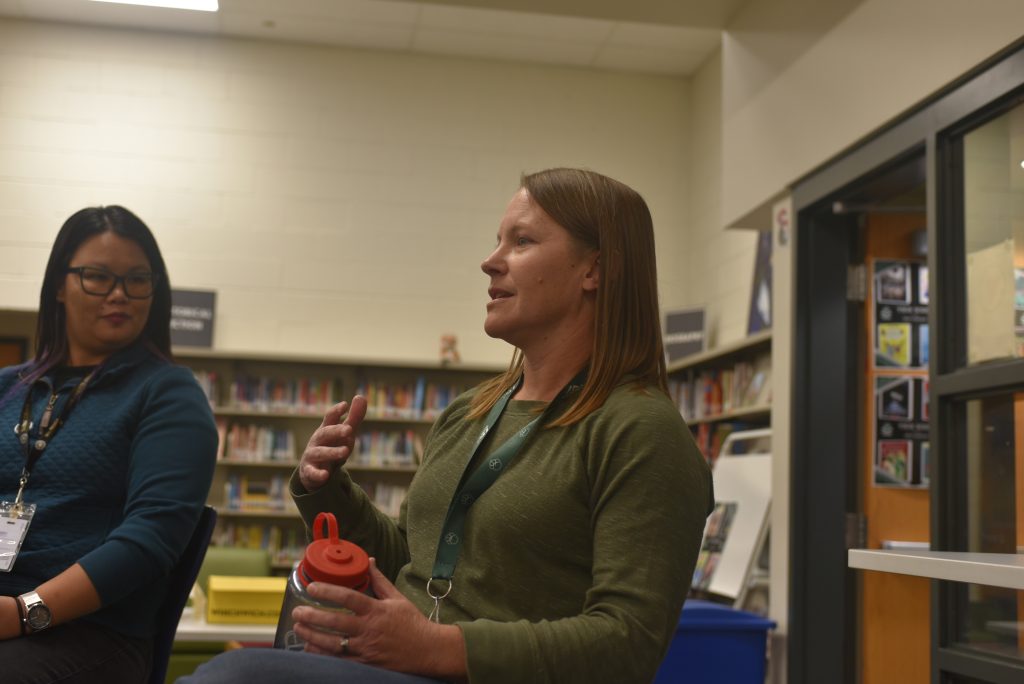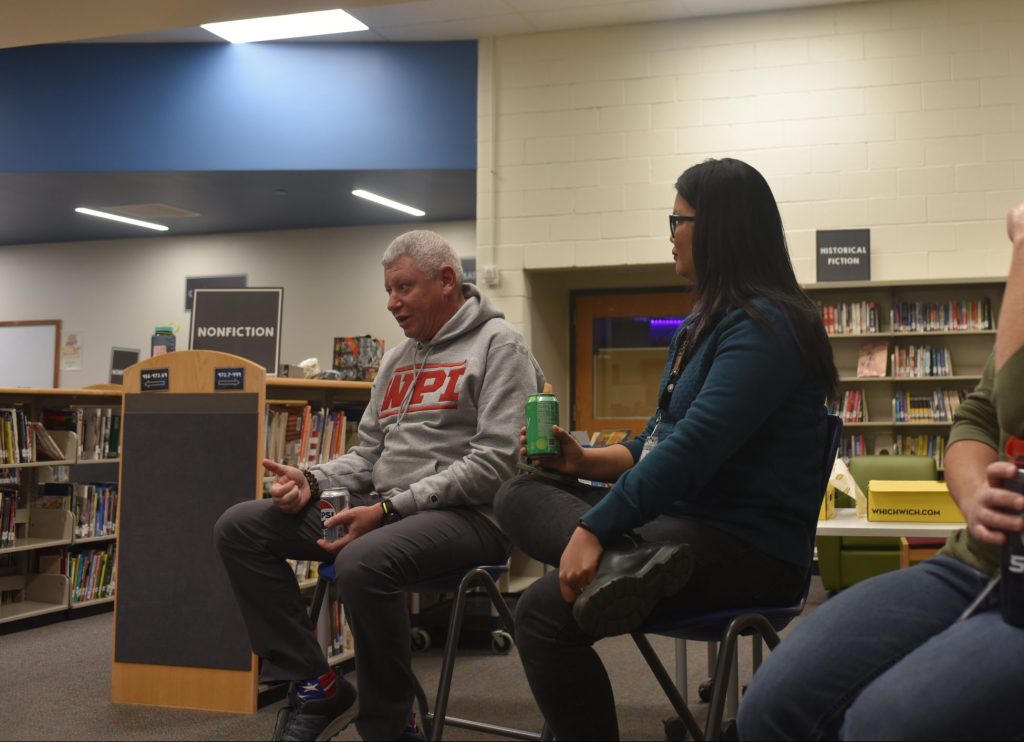The creation of the ‘like’ button might have impacted your child. Summit School District program dives into social media’s effects.

Kit Geary/ Summit Daily News
Do parents raising kids in a constantly evolving digital age realize what they are up against?
That’s one question the Summit School District is seeking to delve into with their three-part community series, Stand Up Summit, focused on supporting youth in an era with an unprecedented amount of information at anyone’s finger tips.
Superintendent Tony Byrd said the district put on the series partly in response to concerns raised the prior school year regarding bullying. Both parents and district staff members reported instances involving bullying and the usage of racially charged speech in the 2024-25 school year.
The three-part series focuses on themes like the impact of social media on youth, bullying, identity, hate, empathy and accountability. He said it’s meant to be educational for parents, but it’s also an information sharing platform between district staff and parents to communicate what people are seeing at home versus what people are seeing in a school setting.

Part 2 of the series took place Tuesday, Sept. 30, and featured a panel including Summit Middle School assistant principal Erin Dillon, licensed professional counselor with Summit County Sheriff’s Office’s System-wide Mental Assessment Response Team Abby Ferguson and technologist and local parent Len Zheleznyak.
Dillon’s been in education for 20 years and has seen firsthand the growing influence social media has on students. Zheleznyak similarly has decades of experience in his field and helped parents at the event better understand how various types of information ends up on their child’s screen. Ferguson brought the experience of the person working directly with the impacts of social media on students in often more dire circumstances.
Ferguson spent a bulk of her childhood growing up in Summit County. From personal and professional experience, she said she’s seen the concept of “downtime” change, and this has tangible impacts. She said not only does it diminish student’s ability to disconnect from what is happening at school, but it’s a new filler for downtime that might introduce things to children parents are not aware of.
Zheleznyak said when it comes to delivering content to young people, the “like” button changed the game for everyone. Facebook created the “like” button around 2009, driven by the sentiment of “how can we keep you on Facebook longer?” he said. More time spent on the website equates to more opportunity to advertise. He said they found that content that elicits anger keeps people on the site longer.
“They weren’t purposefully trying to feed negative ideologies, they were feeding what helped their business model,” he said.
He said then came the introduction of charismatic influencers who could now reach vulnerable audiences with persuasion.
Ferguson said content makers’ use of humor, particularly around offense or hateful language, makes for a confusing situation for kids consuming it. She said kids can interpret hateful language to be a joke.
“For a lot of kids, they don’t understand why it’s such a big deal,” she said. “And then the other piece is, if they just steep in it long enough, they start to absorb it.”
She said social media has created an influence over children’s upbringing people need to be aware of. The Sheriff’s Office’s SMART team is doing more outreach to schools to educate people on how to fill the gaps in guidance and influence currently being occupied by social media, she added. She said part of the effort is to empower students to seek help when needed from trusted adults if it’s something they are not getting at home from parents.
Dillon said, for her, it’s telling that many of the people that work in these technological industries or even for social media companies put significant reins on their own children’s use.
“After 20 years in middle school, I don’t know many middle schoolers who can handle it,” she said.
The final installment of the Stand Up Summit Series will be Tuesday, Oct. 21, at the Summit Middle School Auditorium.

Support Local Journalism

Support Local Journalism
As a Summit Daily News reader, you make our work possible.
Summit Daily is embarking on a multiyear project to digitize its archives going back to 1989 and make them available to the public in partnership with the Colorado Historic Newspapers Collection. The full project is expected to cost about $165,000. All donations made in 2023 will go directly toward this project.
Every contribution, no matter the size, will make a difference.










